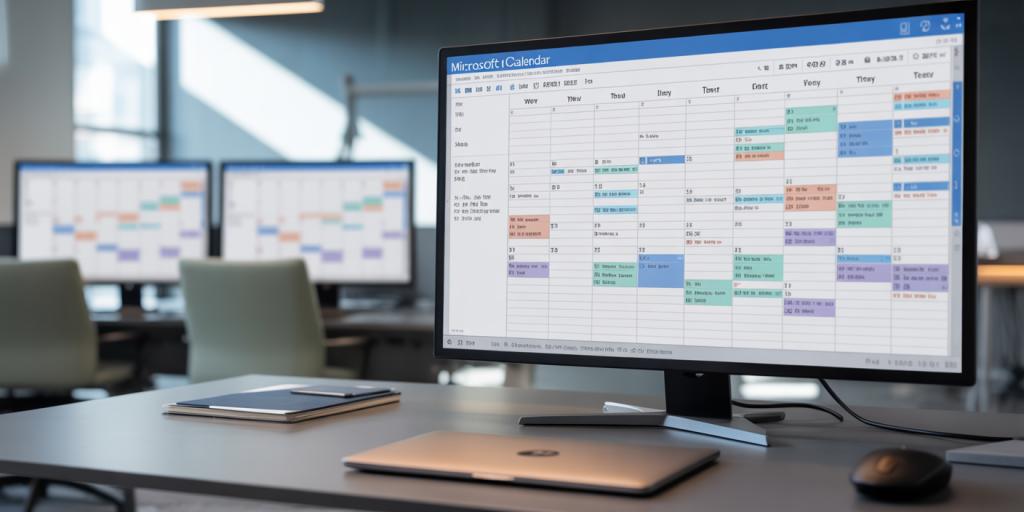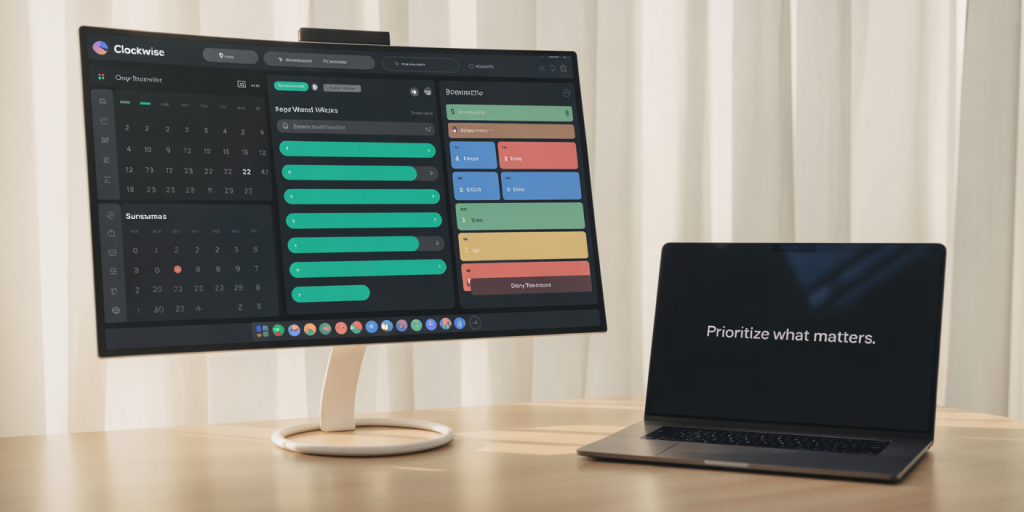Efficient time management is a critical skill in today’s fast-paced world, and time-blocking coupled with daily scheduling is one of the most effective methods for maximizing productivity. Time-blocking refers to dividing your day into distinct segments dedicated to specific tasks or activities, while daily scheduling organizes these blocks in a coherent manner to ensure all priorities are addressed. With the rise of digital productivity tools, implementing these methods has become more accessible and sophisticated. This article explores the best tools available for time-blocking and daily scheduling, analyzing their features, practical applications, and benefits for various users, from professionals to students.

Understanding the Importance of Time-Blocking and Daily Scheduling
Time-blocking helps combat the common productivity pitfalls caused by multitasking and distractions. Research by the American Psychological Association shows that multitasking can reduce productivity by as much as 40%, which makes dedicated task scheduling vital. By committing to work on a single activity during a predefined slot, users can enhance focus and minimize the cognitive load caused by task-switching.
Daily scheduling serves as the blueprint, guiding what is to be done and when. It not only allocates time to productive endeavors but also ensures breaks are incorporated, reducing burnout. According to a study from the Draugiem Group using the DeskTime productivity app, employees working in 52-minute work intervals followed by 17-minute breaks experienced peak productivity. Thus, a tool that supports both detailed scheduling and flexible time-blocking can be an indispensable asset.
Digital Tools That Excel in Time-Blocking
With hundreds of productivity apps available, selecting the right tool for time-blocking can be overwhelming. However, certain platforms stand out thanks to their user-friendly interfaces, integration capabilities, and customization options.
Google Calendar: Ubiquity and Integration
Google Calendar remains one of the most popular scheduling tools globally, boasting over 500 million users as of 2023. Its straightforward time-blocking feature allows users to create events with customizable durations and descriptive titles. The calendar’s ability to integrate seamlessly with Gmail, Google Meet, and various third-party apps enhances workflow automation—a marketer, for instance, might schedule blocks for brainstorming, email outreach, and client meetings directly linking video conference rooms.
Moreover, Google Calendar supports reminders and color-coding, which are instrumental in visualizing priorities. A freelancer can use blue blocks for client work, red for urgent deadlines, and green for personal time, enabling quick assessment of daily commitments at a glance.
Microsoft Outlook: Robust Corporate Scheduling
Microsoft Outlook’s calendar function is widely used in corporate environments. Its strong suit lies in its ability to handle complex scheduling scenarios such as recurring meetings, shared calendars, and availability tracking across teams. Time-blocking becomes straightforward due to the drag-and-drop interface and multiple views ranging from hour-by-hour to monthly layouts.

For example, project managers use Outlook to allocate focused working blocks for key tasks, while simultaneously setting time for cross-team collaborations without causing conflicts. The integration with Microsoft Teams further streamlines transitioning between scheduled discussions and focused work.
Specialized Apps Tailored for Time-Blocking
While traditional calendar apps suffice for basic scheduling, specialized time-blocking apps elevate the experience by incorporating additional productivity features and analytics.
Clockwise: AI-Driven Calendar Optimization
Clockwise is a cutting-edge time management tool designed to optimize Google Calendar schedules using artificial intelligence. It automatically rearranges flexible meetings to create larger blocks of uninterrupted time for deep work. This adaptive time-blocking approach increases productivity by minimizing task fragmentation.
For example, a software developer using Clockwise might initially have short meetings scattered throughout the day, but the app can consolidate these meetings into one or two extended periods, freeing up larger uninterrupted blocks for coding sprints.
Statistics from Clockwise users indicate a 20-30% increase in uninterrupted time, translating to higher quality output in roles requiring focus.
Sunsama: Combining Planning with Reflection
Sunsama merges daily scheduling with task management and end-of-day reflections. Its interface encourages users to drag tasks from their to-do lists into specific time slots, which nurtures accountability. Additionally, it prompts users to review completed work, promoting mindful planning.
Practical use cases include consultants who juggle multiple client deadlines. With Sunsama, tasks like research, meetings, and report writing are assigned blocks that can be easily adjusted as priorities shift throughout the day.
Comparative Analysis of Top Time-Blocking Tools
To assist decision-making, the following table compares key features, pricing, and best-use cases of selected time-blocking tools:
| Tool | Platform | Price (USD) | Key Features | Best For |
|---|---|---|---|---|
| Google Calendar | Web, iOS, Android | Free | Color-coded events, reminders, integrations | Individuals and small teams |
| Microsoft Outlook | Desktop, Web, Mobile | Part of MS 365 Subscription | Advanced scheduling, team calendar sharing | Corporations and enterprises |
| Clockwise | Web (Google Calendar integration) | Free/Paid ($8/mo Pro) | AI-driven scheduling, focus time blocks | Knowledge workers, developers |
| Sunsama | Web, Mobile | $20/month | Task integration, daily planning, performance review | Freelancers, consultants |
This comparison highlights how free tools are excellent for basic needs, while paid specialized apps add value through automation and deeper productivity insights.

Practical Examples of Time-Blocking Success
To better understand these tools’ impact, consider real-world scenarios where time-blocking transformed productivity.
A marketing team at a mid-sized company started using Clockwise to optimize their Google Calendars. Previously, fragmented meetings led to reduced creative output. After adopting Clockwise, uninterrupted design and campaign planning blocks increased by 25%, which correlated with a 15% improvement in campaign deadlines met.
Similarly, a freelance graphic designer adopted Sunsama to handle juggling deadlines across various clients. The daily planning and reflection features helped improve time estimation accuracy and reduced last-minute rushes, decreasing stress and enhancing client satisfaction.
Future Perspectives: The Evolution of Time-Blocking and Daily Scheduling Tools
As remote work and hybrid office models continue to reshape professional landscapes, time-blocking tools are poised to evolve alongside these trends. The advent of artificial intelligence and machine learning will enable smarter, more adaptive scheduling that not only allocates time but also predicts optimal productivity windows based on biometric data and work patterns.
Future tools might integrate seamlessly with wearable technology to monitor focus levels and suggest dynamic schedule adjustments in real-time. This personalized approach would empower users to optimize their workdays with minimal manual input.
Additionally, cross-platform interoperability will become crucial, allowing smooth transitions between devices, apps, and collaborating teams. Increased emphasis on mental well-being integration—such as prompting mindfulness breaks or suggesting workload adjustments—will make time-blocking solutions more holistic.
Organizations are expected to adopt time-blocking tools as part of their digital transformation strategies, with growing investments in AI-powered productivity suites that cater to individual and team needs.

Deixe um comentário